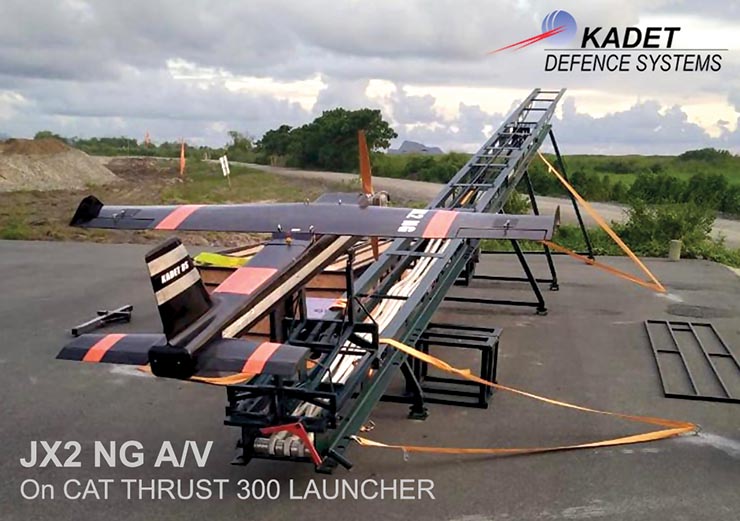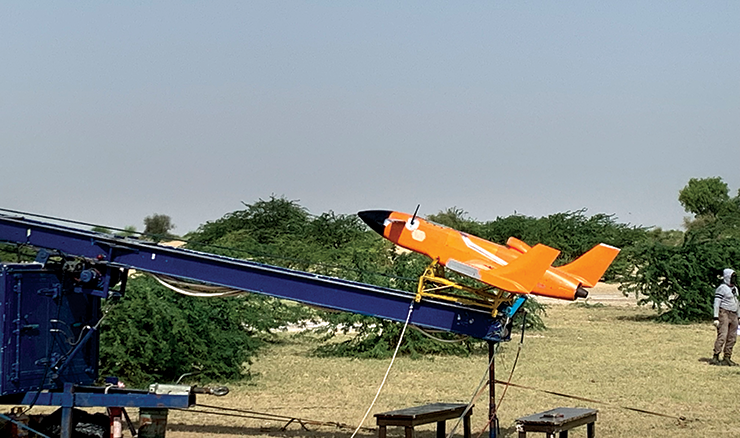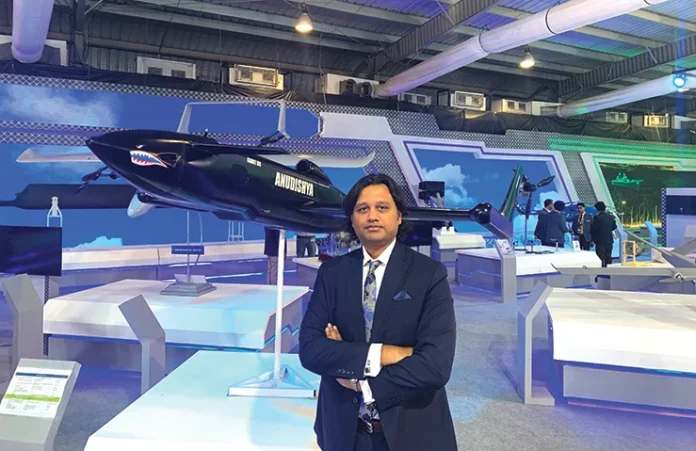Circa 2005, with “Guts” (by Robert Lutz, ex President of Chrysler Corporation) in my hands, self-belief and grit I decided to hang up my boots as a lawyer!
My seniors were disappointed for having invested time and effort in me, colleagues indifferent (some gleaming as it ensured a quicker seat for them at the table), friends empathetic of the misfortune that may follow and family standing behind me as my pillar of strength.
Startups were not fashionable at that time and the ecosystem simply did not exist. Over and above this, for a defence startup which would be manufacturing drones, the numbers simply did not match up. It was a common perception that defence was not a career path if one did not have the “connections” and “deep coffers” to buy business!
Drones did not have the visibility for widespread adoption and were just about starting to make a presence in the West for the military beyond the experimental stage! In India, Drones started being adopted after Kargil but it would take at least an evening to explain “what I did” and where the future could be with their usage as they were all imported from Israel.

Business Development efforts meant to be able to identify a lead and a demo with an assurance of business of thousands of units, if successful. Success meant that the officer in uniform who saw a potential in the technology stayed in the position to be able to make a difference and at least two vendors qualified for a program as purchase from a “single vendor” was not permitted in the erstwhile system.
Easier said than done and it included numerous failed starts and significant investment in equipment and travel during the heights of militancy in the Valley. They just wanted to see “over the hill” to spot terrorists crossing over.
On one such visit to Banihal (J&K), we did manage to make a difference with drones but fortunes did not favour the bold as the “influencer” in boots was posted out! But on the flip side, it confirmed the adoption and the end use of the technology and gave us lots of experience. We were still not in the internet age and information was guarded or simply not available.
Indian equipment was frowned upon and “Indian vendor” was always construed to be a “banya” in colloquial terms, more suited to have a shop in the super market and at the most provide logistic support to foreign OEMs. But beating the odds, we were successful in winning a multi-year contract for aerial targets in 2010, a first for a private company in India!
Come 2014, and the MSMEs in the A&D sector sensed a whiff of fresh air with the change in the Government and the sentiments started changing. In came significant policy changes, indigenous manufacturing initiative and everything required to ensure that we win the next war with local equipment.
“Make in India” was the buzz and suddenly we felt that Indian companies from the neglected back benchers became the pampered lot. Equipment displays were held to apprise the industry of the requirements and support was provided by the Armed Forces to ensure successful design and development.
My experience while exporting air defence equipment to friendly nations received the support of Department of Defence Production with export authorisation being issued in four weeks (one of the lowest time periods in the world) and the entire logistic system and clearance treating the case on a priority. These are all signs of achieving the Prime Minister’s vision of India’s defence exports to USD 5 billion. Our experience while being invited to display our unique high speed jet powered loitering and swarming air vehicle “Anudishya” at the India Pavilion in Defexpo 2022 exceeded expectations with the DDP working hard to promote defence exports.

To sum up, companies from India must focus on export markets which offer smaller but more recurring opportunities while waiting for share in the big pie from the Indian Defence Budget. Follow a B2BG model to mitigate marketing and promotional expenses, build equipment which is AM+ but release prototypes in the market to get inputs from customers for continuous product improvements.
The Government at its end should ensure that bundling of equipment (training aids like aerial targets) is done by the DPSU during G2G offers of Air Defence Weapon Systems (For instance, Aakash). It should increase the content of indigenous percentage and robust system to verify true IDDM products to be used in India rather than shrink wrapped foreign equipment. Products need to be promoted to foreign militaries and users of non IDEX company products. Leasing of equipment and services from multiple Indian companies is needed to give more companies a chance to generate revenue and consequently engage in advanced DnD.
And last but not the least, the entrepreneurs must believe that the “the primary purpose of business is not to make money”!
-The writer is the CEO and Co-Founder of of Bengaluru-based Kadet Defence Systems (P) Limited, which has developed a family of Low Cost Aerial Training and Simulation System or “LCATSS”, a state-of-the-art aerial threat emulator, which does not require a runway to launch and recover and emulates the threat signature of fighter aircraft, UAVs and cruise missiles. Pursuant to this program, it is developing a family of systems which would be used for aerial effects, ground combat and manned and unmanned teaming with high level of autonomy, besides AI, swarming and fault tolerance at their core. The views expressed are of the writer and do not necessarily reflect the views of Raksha Anirveda













